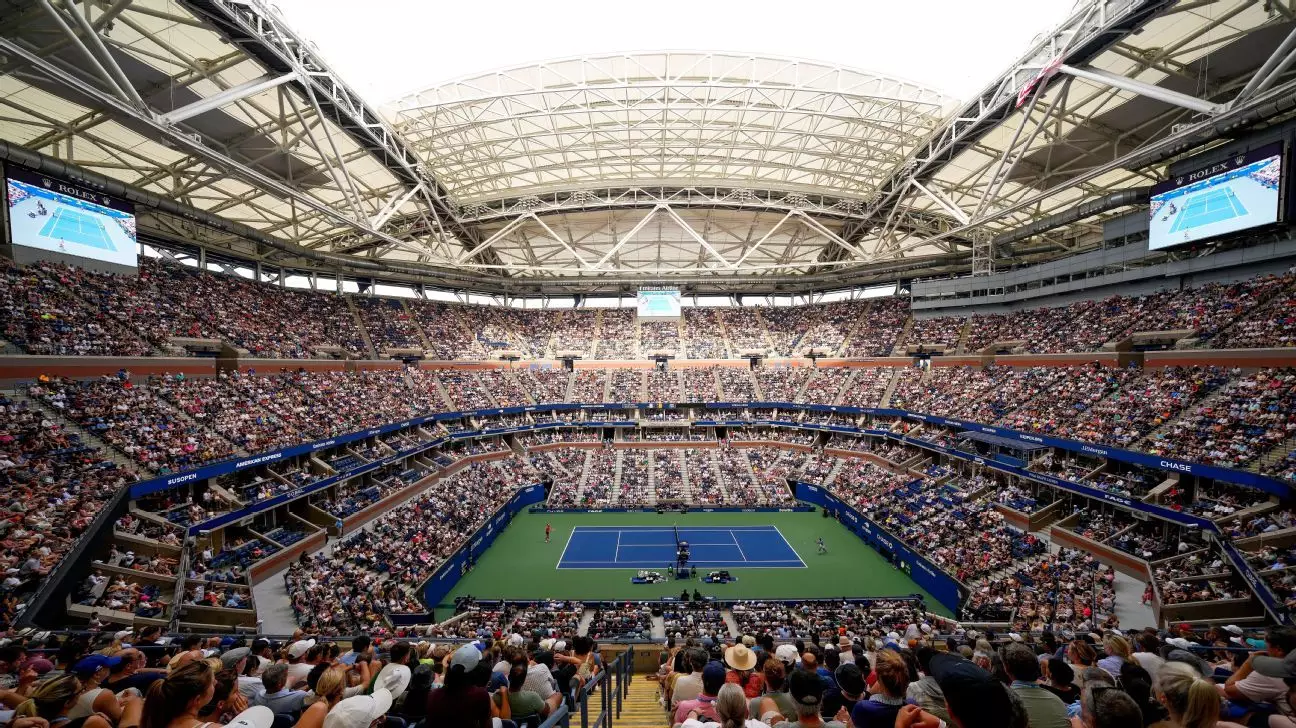In a move that signals a new era for the US Open, the U.S. Tennis Association (USTA) has announced an $800 million renovation project aimed at Arthur Ashe Stadium at the Billie Jean King National Tennis Center. This ambitious undertaking is touted as the largest single investment in the history of Grand Slam tournaments, underscoring both the significance of the Open and the evolving landscape of professional tennis. The USTA is making this substantial commitment without any financial assistance from the New York City government, indicating a robust confidence in the potential profitability and allure of the tournament.
Challenges Within the Tennis Community
However, while the gleaming renovations promise an enhanced experience for fans and players alike, they come at a time of increasing tension between players and tournament organizers. A class-action antitrust lawsuit initiated by a players’ group co-founded by tennis superstar Novak Djokovic highlights a critical issue: the financial distribution within the sport. With the four major tournaments grossing over $1.5 billion collectively in 2024 and only allocating 10% to 20% of that revenue to players, a palpable discontent is emerging. The ongoing dialogue around equitable earnings raises important questions about the priorities and responsibilities of the USTA and other governing bodies.
A Player-Centric Approach to Improvements
As the USTA embarks on this monumental venture, it claims that the renovations will not disrupt the tournament’s traditional scheduling. The upcoming changes aim to create a player-centric atmosphere with the construction of a $250 million player performance center, which encompasses additional courts, upgraded locker rooms, and lounge areas—all situated conveniently next to the practice courts. This investment in player welfare is commendable; it acknowledges the increasing demands placed on athletes in this highly competitive environment. Yet, it begs the question: will this focus on infrastructure adequately address the players’ growing calls for higher prize money and a more significant role in decision-making?
Enhancements to the Fan Experience
Fans are not left out of the equation, as the renovation will also bring substantive changes to their viewing experience. With an increase in courtside-level seating capacity from 3,000 to 5,000, coupled with the installation of luxury suites, upscale dining venues, and larger concourses, the USTA is clearly putting effort into engaging the spectator. The modern fan’s expectations extend beyond mere access to matches; they seek a holistic experience that includes comfort and exclusivity. However, with the increase in luxury offerings, one must question if the focus on premium experiences will alienate the average fan, who may find ticket prices out of reach.
A Grand Vision for the Future
Lastly, the improvements at Arthur Ashe Stadium reflect a strategic vision not just for the physical space but for the future of tennis. The new grand entrance and upgraded facilities aim to position the US Open as a premier sports experience on the global stage. With the goal set for completion by the 2027 US Open, this renovation needs to embrace innovations that align with the sport’s integrity and the players’ respect, ensuring that all stakeholders benefit from the substantial investment. As cryptic challenges loom for players, fans, and organizations alike, it will be fascinating to see how this comprehensive overhaul unfolds and impacts one of tennis’s most celebrated events.

